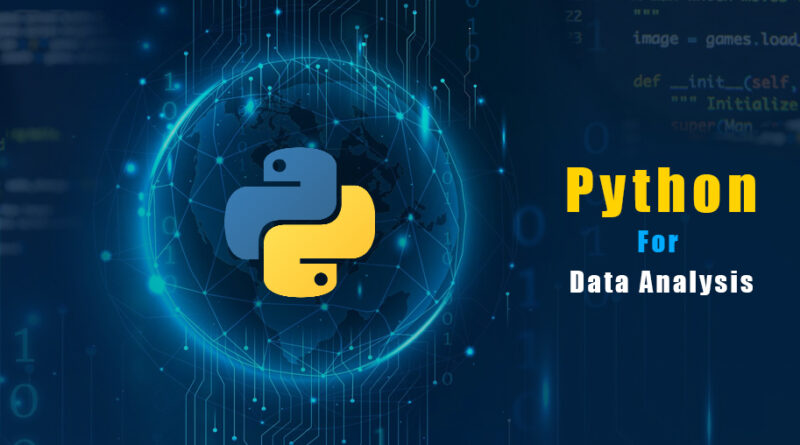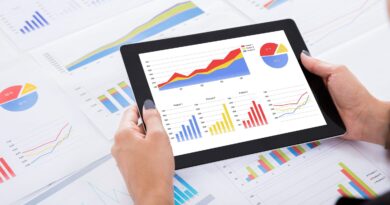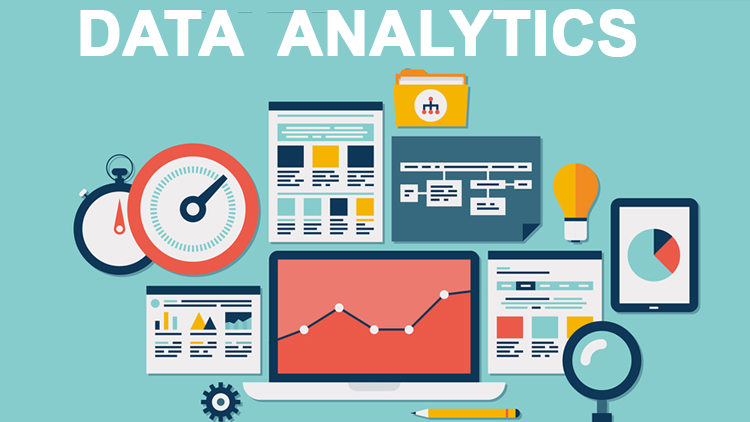Python for Data Analysis and how it works ?
Python is an extremely popular programming language in the field of data analytics due to its simplicity, versatility, and a rich ecosystem of libraries and tools designed for data manipulation, analysis, and visualization. Python’s readability and ease of use make it an excellent choice for both beginners and experienced analysts. Here’s a comprehensive overview of Python for data analysis:
1. Python Basics:
Python is known for its clean and easy-to-read syntax. It uses indentation to define code blocks, making it particularly readable. To get started, you need to understand basic concepts such as variables, data types (integers, floats, strings, lists, dictionaries, etc.), control structures (if statements, loops), and functions.
2. Libraries for Data Analytics:
Python has a rich ecosystem of libraries that cater specifically to data analytics. Some of the most prominent ones include:
- NumPy:
Provides support for large, multi-dimensional arrays and matrices, as well as mathematical functions to operate on these arrays efficiently.
- Pandas:
Offers data structures and functions to efficiently manipulate and analyze structured data (e.g., CSV, Excel, SQL databases) using DataFrames.
- Matplotlib:
A widely-used library for creating static, interactive, and animated visualizations in Python.
- Seaborn:
Built on top of Matplotlib, Seaborn provides a higher-level interface for creating attractive and informative statistical graphics.
- Scipy:
A library for mathematics, science, and engineering. It builds on NumPy and provides modules for optimization, integration, interpolation, and more.
3. Data Handling with Pandas:
Pandas is a core library for data manipulation. It introduces two primary data structures, Series (1-dimensional) and DataFrame (2-dimensional), which allow you to handle and analyze data effectively. Pandas provides tools for reading and writing data in various formats, data cleaning, aggregation, filtering, merging, and reshaping.
4. Data Visualization:
Matplotlib and Seaborn allow you to create a wide range of visualizations, including line plots, scatter plots, bar plots, histograms, heatmaps, and more. Visualizations help in understanding patterns, trends, and relationships in your data.
5. Data Analysis:
With the help of Python libraries, you can perform various data analysis tasks, such as descriptive statistics, data exploration, hypothesis testing, correlation analysis, and regression analysis.
6. Statistical Analysis:
Python offers libraries like SciPy and Statsmodels that provide statistical functions and tools for various statistical tests, distributions, and modeling.
7. Machine Learning Integration:
Python is widely used for machine learning as well. Libraries like scikit-learn offer a range of machine learning algorithms for tasks like classification, regression, clustering, and more. This integration allows you to perform advanced data analytics, including predictive modeling.
8. SQL Integration:
Libraries like SQLAlchemy provide ways to interact with SQL databases directly from Python, allowing you to retrieve, manipulate, and analyze data stored in databases.
9. Jupyter Notebooks:
Jupyter Notebooks are interactive documents that combine code, visualizations, and explanatory text. They are widely used for data analysis and sharing results, providing an interactive environment to iterate on code and analysis.
10. Data Source Access:
Python can connect to various data sources, including web APIs, databases, spreadsheets, and flat files. Libraries like Requests are used for working with APIs, while Pandas and libraries like SQLAlchemy can connect to databases.
11. Big Data and Distributed Computing:
Libraries like Dask and PySpark enable working with large datasets that don’t fit in memory by distributing computations across multiple processors or machines.
12. Data Ethics and Privacy:
As a data analyst, it’s important to understand data ethics and privacy concerns. Python can be used to anonymize data, implement security measures, and ensure compliance with regulations like GDPR.
Python’s vibrant community, extensive documentation, and a plethora of online resources, tutorials, and courses make it an ideal choice for individuals looking to excel in data analytics. Whether you’re a beginner or an experienced programmer, Python’s versatility and user-friendly syntax make it a valuable tool for your data analytics journey.




